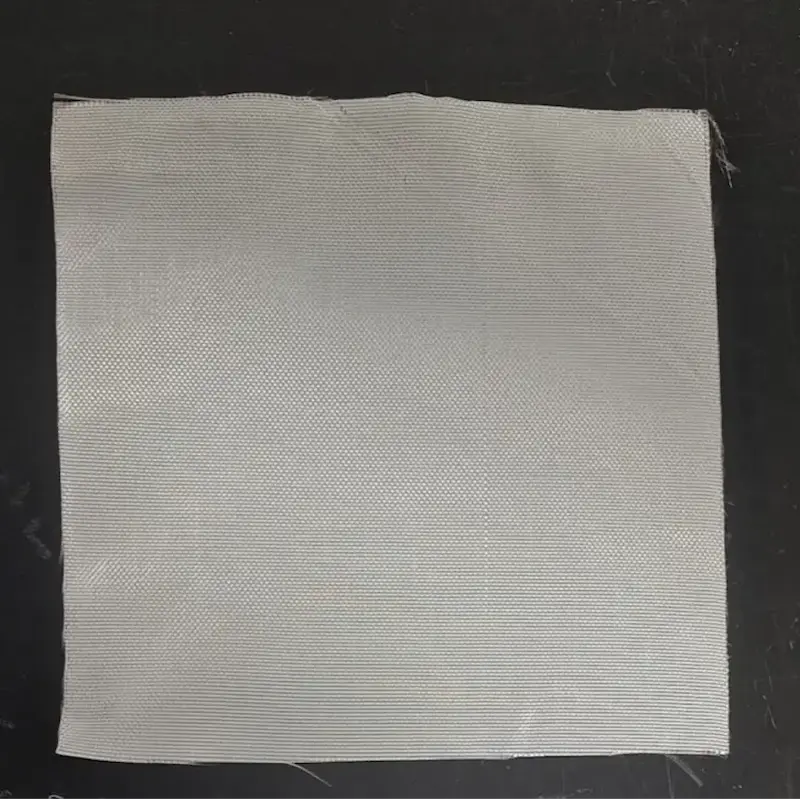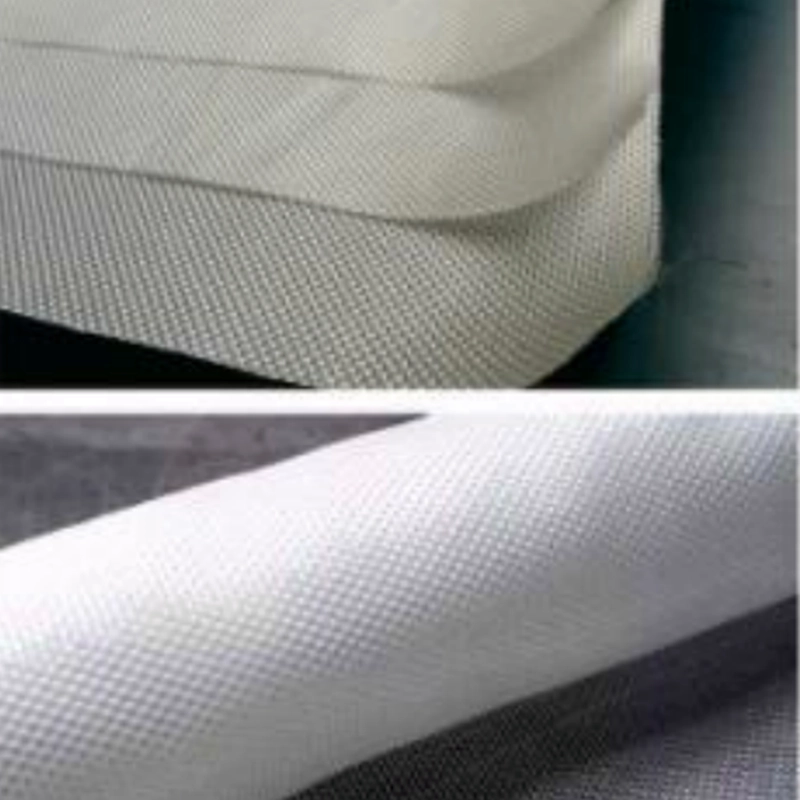
1、Product introduction
Filament woven geotextiles are fabrics woven by two groups of silk shuttle, and the varieties are divided into single-layer woven geotextiles (also known as geofilter cloth), double-layer geotextiles (also known as geomembrane bag cloth) and woven impermeable cloth according to their use. It is mainly made of high strength and low extension polypropylene, polyester and other synthetic fiber filaments.
2、How is filament woven geotextiles produced?
Production Process:
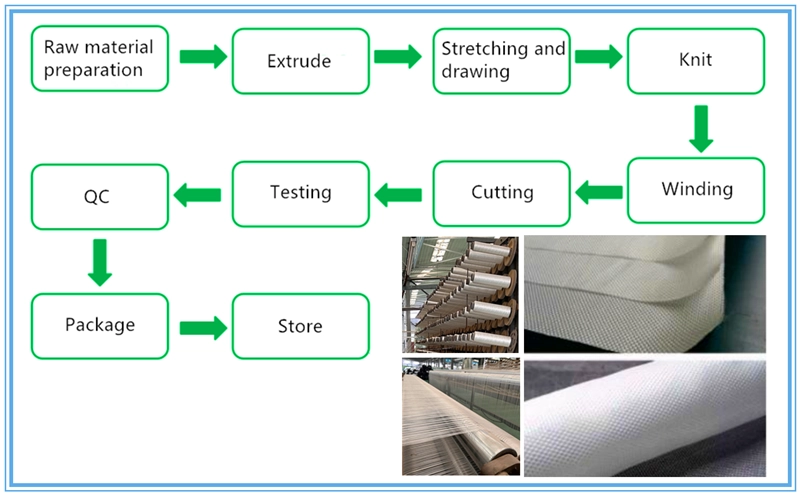
The production process of filament woven geotextiles is roughly as follows:
(1) Raw material preparation: usually polypropylene, polyester and other particles are fed into the extruder.
(2) Extrusion: In the extruder, the raw material particles are heated and extruded into a molten liquid.
(3) Stretch drawing: the liquid is poured into the mold for cooling and stretching into wire, so that it becomes a very fine filament. These threads help weave and strengthen geotextiles.
(4) Weaving: the filament is cross-woven through the braiding machine. This process forms a strong fabric structure in which tough filaments are interwoven to form the structure of the geotextile. The gap of filament woven geotextile has a larger gap than that of non-woven needled filament, which is also the biggest difference between the two.
(5) Winding cutting: After weaving is completed, the geotextile is rolled or cut to the appropriate size and length. Filament woven geotextiles of different widths and lengths can be cut according to requirements.
(6) Inspection and quality control: the geotextile factory after sampling inspection by the company's testing center, in line with national standards and requirements. Tests typically include tensile strength, thickness uniformity, and braiding quality.
(7) Packaging and storage: the geotextile that has passed the inspection is properly packaged and ready for sale or storage. They are usually stored in volume form for easy transportation and use.
These steps constitute the production process of filament woven geotextiles, ensuring that the final product has the required strength, durability and quality standards.
3、Filament woven geotextile internal quality technical requirements:
The internal quality requirements of geosynthetic filament woven geotextiles are fully in line with the national standard JBT17640-2008 promulgated by the General Administration of Quality Supervision, Inspection and Quarantine of the People's Republic of China and the Standardization Administration of the Country.
No. | Item | Unit | Index | ||||||||||
Nominal breaking strength | Kn/m | 30 | 50 | 65 | 80 | 100 | 120 | 140 | 160 | 180 | 200 | 250 | |
1 | Radial breaking strength | Kn/m | ≥ 30 | ≥ 50 | ≥ 65 | ≥ 80 | ≥ 100 | ≥ 120 | ≥ 140 | ≥ 160 | ≥ 180 | ≥ 200 | ≥ 250 |
2 | Zonal breaking strength | Kn/m | ≥Radial breaking strength*0.7 | ||||||||||
3 | Nominal strength elongation | % | ≤Radial 35;Zonal30 | ||||||||||
4 | CBR bursting strength | Kn
| ≥ 2.0 | ≥ 4.0 | ≥ 6.0 | ≥ 8.0 | ≥ 10.5 | ≥ 13.0 | ≥ 15.5 | ≥ 18.0 | ≥ 20.5 | ≥ 23.0 | ≥ 28.0 |
5 | Equivalent aperture O90(O95) | mm | 0.05~0.50 | ||||||||||
6 | Vertical permeability coefficient | cm/s | K*(10-2~10-5),K=1.0~9.9 | ||||||||||
7 | Width deviation | % | -1.0 | ||||||||||
8 | Mold bag filling thickness deviation | % | ±8 | ||||||||||
9 | Mold bag length, width deviation | % | ±2 | ||||||||||
10 | Sewing strength | Kn/m | ≥Nominal breaking strength*0.5 | ||||||||||
11 | Warp and weft tear strength | Kn
| ≥ 0.4 | ≥ 0.7 | ≥ 1.0 | ≥ 1.2 | ≥ 1.4 | ≥ 1.6 | ≥ 1.8 | ≥ 1.9 | ≥ 2.1 | ≥ 2.3 | ≥ 2.7 |
12 | Mass deviation per unit area | % | -5 | ||||||||||
4、Production workshop
Welcome to our advanced production workshop! This is the center of precision manufacturing in our company. The following are some pictures of our advanced production equipment and high-quality products, as well as the workshop pictures implemented in accordance with the 6S standard: the equipment floor is clean, the product equipment is placed reasonably, and the ground line is clear and clear.
These pictures show our company's production equipment and some of our products, demonstrating our advanced production process and precision manufacturing capabilities.

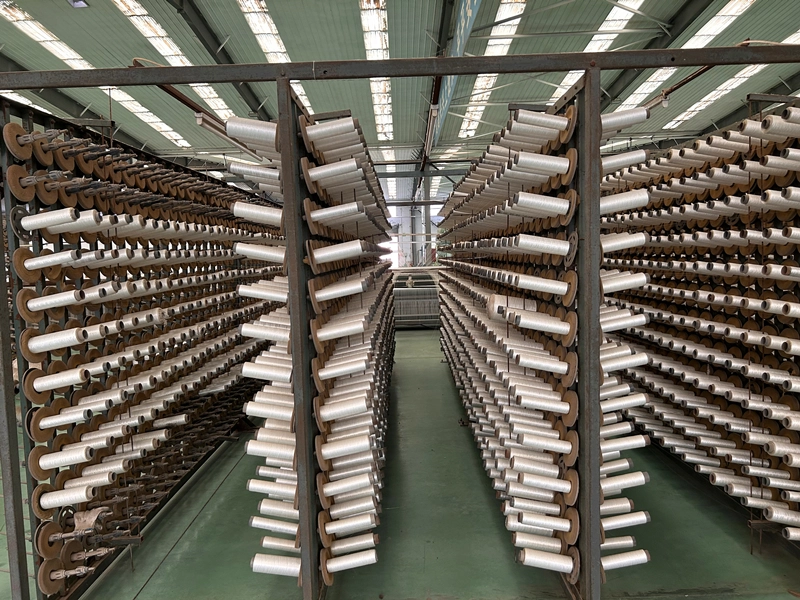
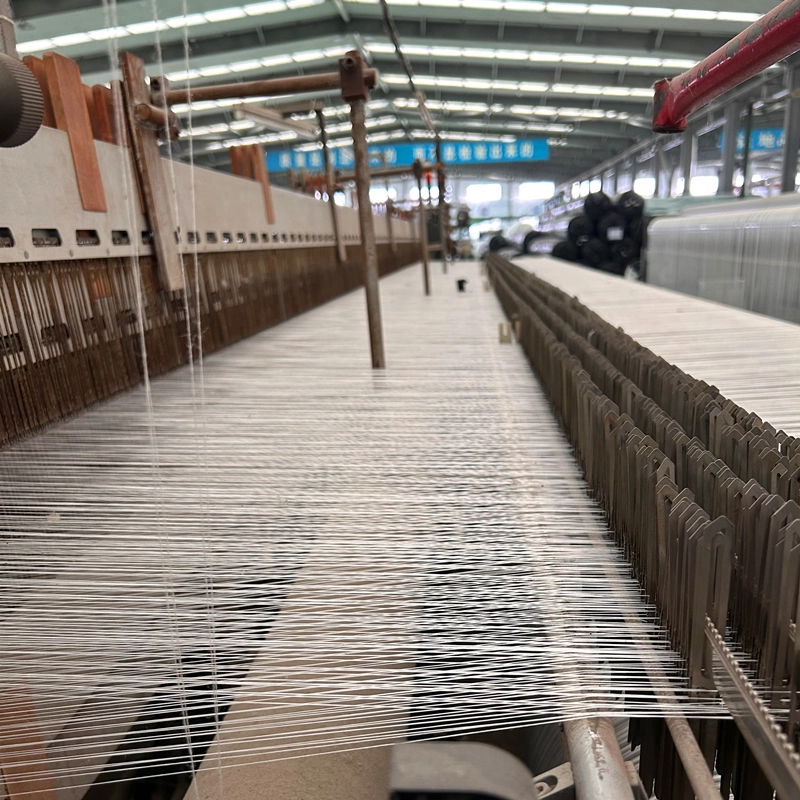
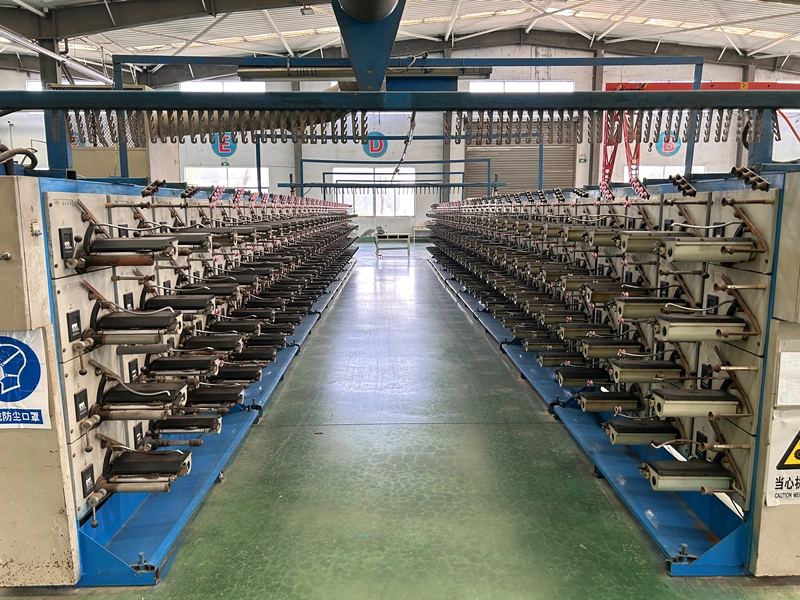
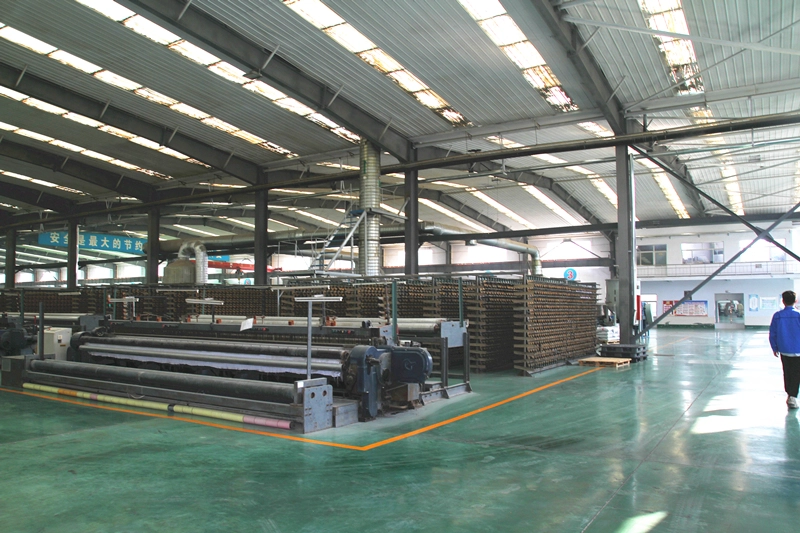
5、Product action
Filament woven geotextile with polyester or polypropylene chemical fiber filament as raw materials, the formation of a certain void size of the textile, in all kinds of engineering to achieve reinforcement, reinforcement or reverse filtration role.
6、Product performance
High tensile strength, small elongation at break; Rely on warp and weft yarn extrusion to maintain a stable structure, suitable for strengthening and strengthening geoengineering; Polyester or polypropylene materials can be selected according to specific requirements.
7、Application field
It can be used for reinforcement and reverse filtration of water conservancy projects. It is used for reinforcement, isolation and filtration of the foundation of roads, railways, embankments, earth-rock DAMS, airports, sports fields, tunnels and other projects. Reinforcement, isolation, filtration and protection of various geotechnical engineering.
8、Product specification
Weight per unit area: 100G/m2-400g/m2
Maximum width: 6.4M
9、Design and construction considerations:
(1) The filament woven geotextile is plane filtration, the pore size is large, the minimum is 0.05mm, and the small sand particles are easy to lose when doing reverse filtration.
(2) Relative to the plastic flat yarn geotextile is easy to clog, the pore structure of filament woven geotextile is not easy to clog, and it is suitable for being a filter layer of non-cohesive soil.
(3) The structural thickness of filament woven geotextiles is small, horizontal drainage is general, and it is not suitable for drainage materials; The elastic extension of the woven structure is reduced, and it is easy to puncture and break in contact with hard materials.
(4) polypropylene filament woven geotextiles have poor UV resistance, and polyester filament woven geotextiles have strong UV resistance and good alkali and acid resistance.
(5) Filament woven geotextiles can be made into mold bags, filled with concrete for bank protection projects.
10、Mode of transport
We provide our customers with a variety of transportation methods for remote delivery of geomaterials, ensuring that products reach their destinations safely and quickly. Our range of transport options includes land, sea and air transport to meet the different needs and project requirements of our customers.

11、FAQ
Q1: What is the tensile strength of this geotextile? How permeable is it? What are the options for specifications?
A1: Our filament woven geotextiles have high tensile strength and are specially woven to provide excellent penetration properties. Specifications can be customized according to project requirements.
Q2: Which engineering scenarios is this geotextile suitable for?
A2: Filament woven geotextiles are widely used in soil separation, filtration, reinforcement and slope protection projects, and have a wide range of applications in road construction, dam protection, land remediation and other aspects.
Q3: How weather resistant is the product? Can it be used in a variety of environmental conditions?
A3: Our filament woven geotextiles have excellent weather resistance and environmental adaptability, maintaining stability and performance under different climatic and soil conditions.
Q4: What steps are required for the installation of this geotextile? What are the maintenance requirements?
A4: Installation needs to be carried out in accordance with professional geoengineering processes, usually need to be laid flat and fixed. In terms of maintenance, regular inspection and maintenance of cleanliness help to extend the service life.
Q5: What about the price of the product? What is the lead time?
A5: Price depends on specifications and order quantity, we offer competitive price. Delivery times vary depending on order volume and location, but we will do our best to meet your timing requirements.
![]() 200g Staple fiber non-woven geotextile.pdf
200g Staple fiber non-woven geotextile.pdf
![]() 300g PET geotextiles test report.pdf
300g PET geotextiles test report.pdf
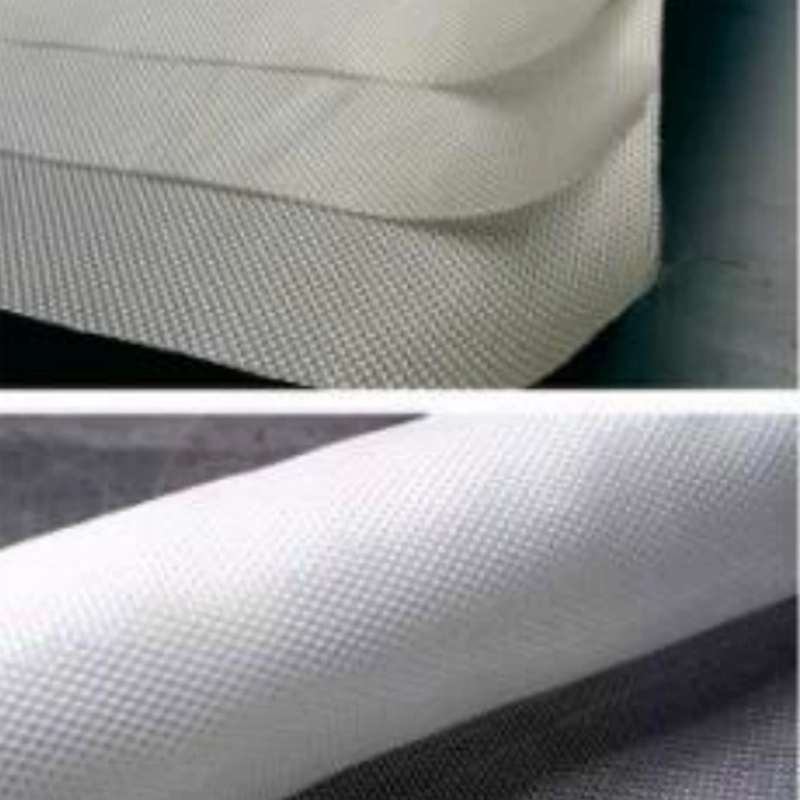

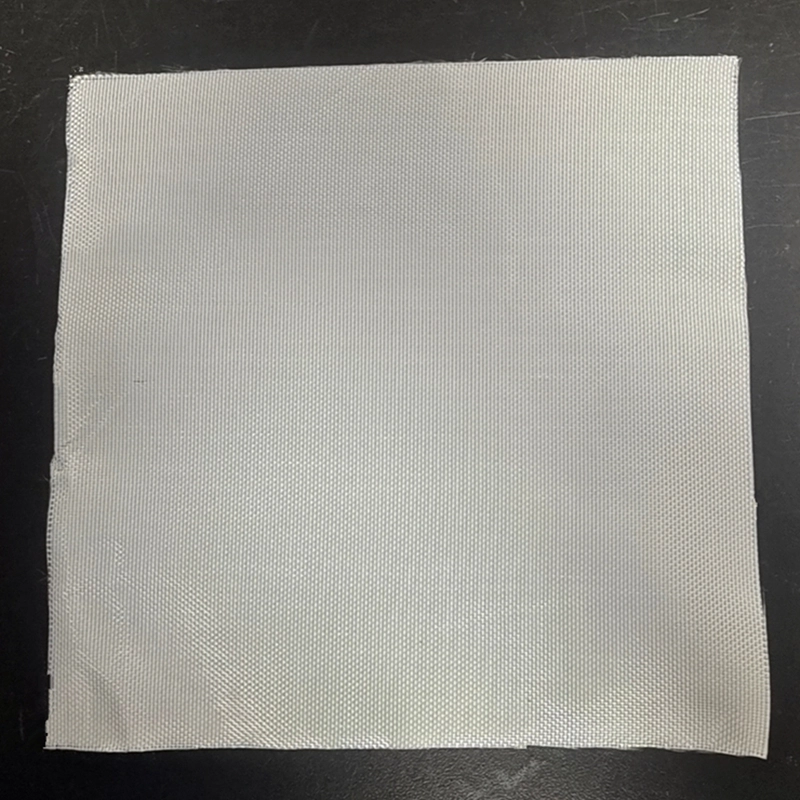
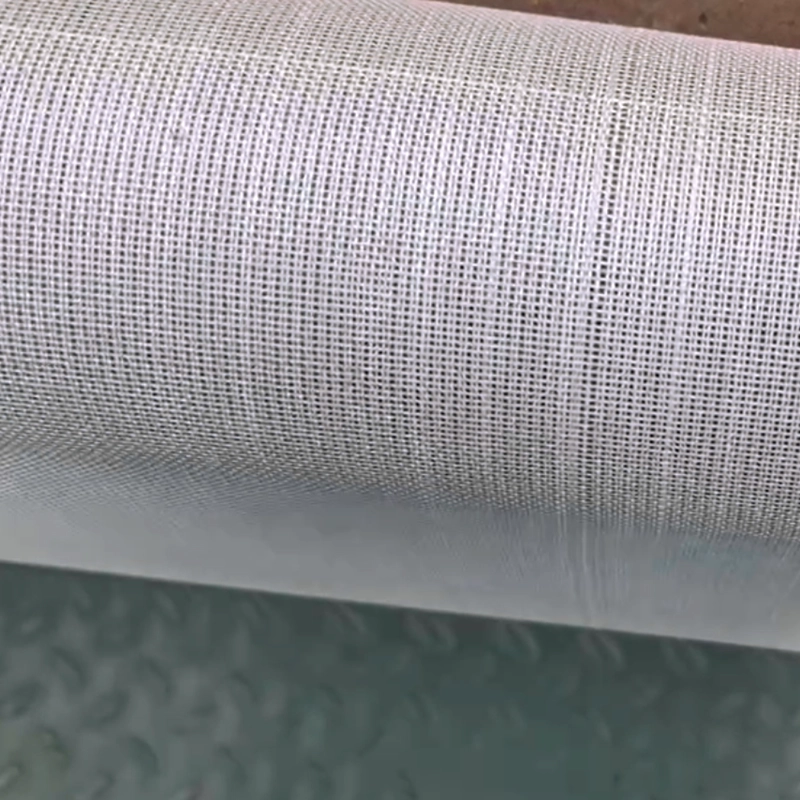
503.webp)
759.webp)
